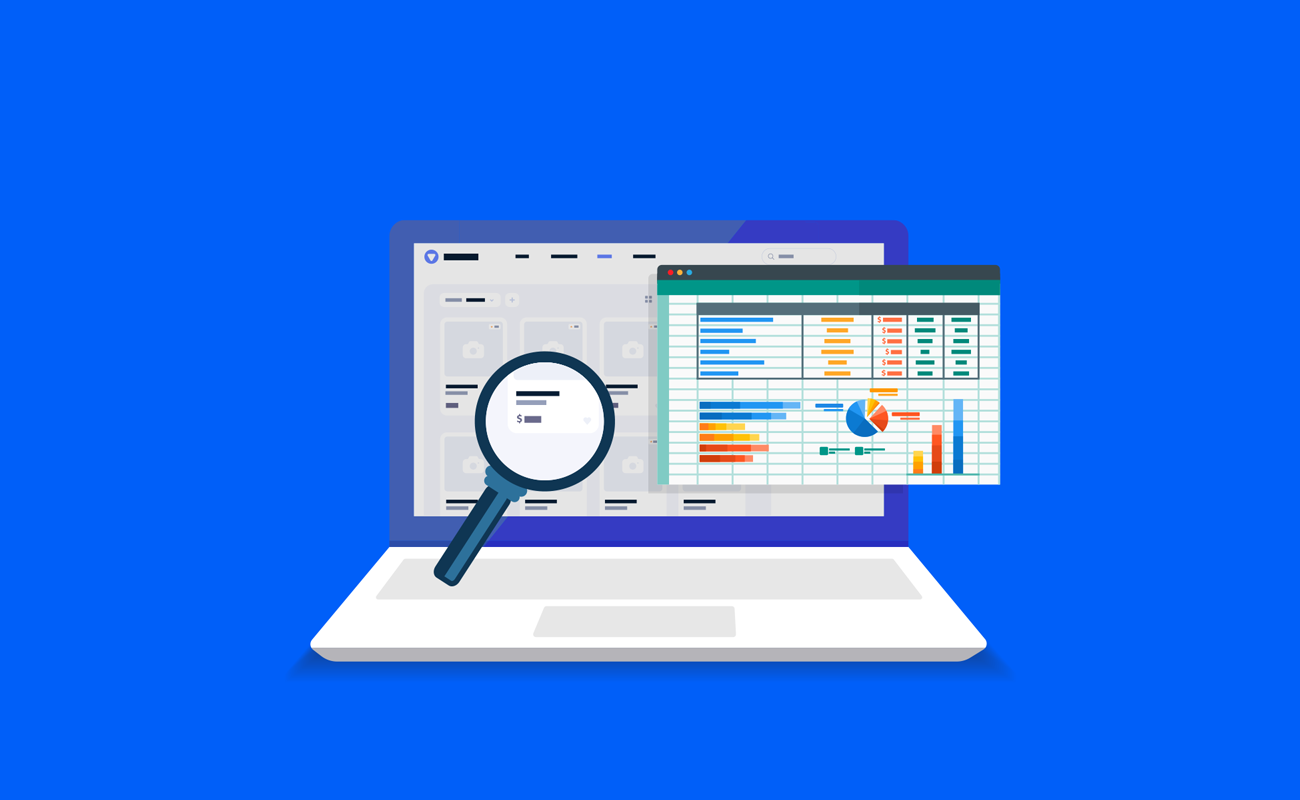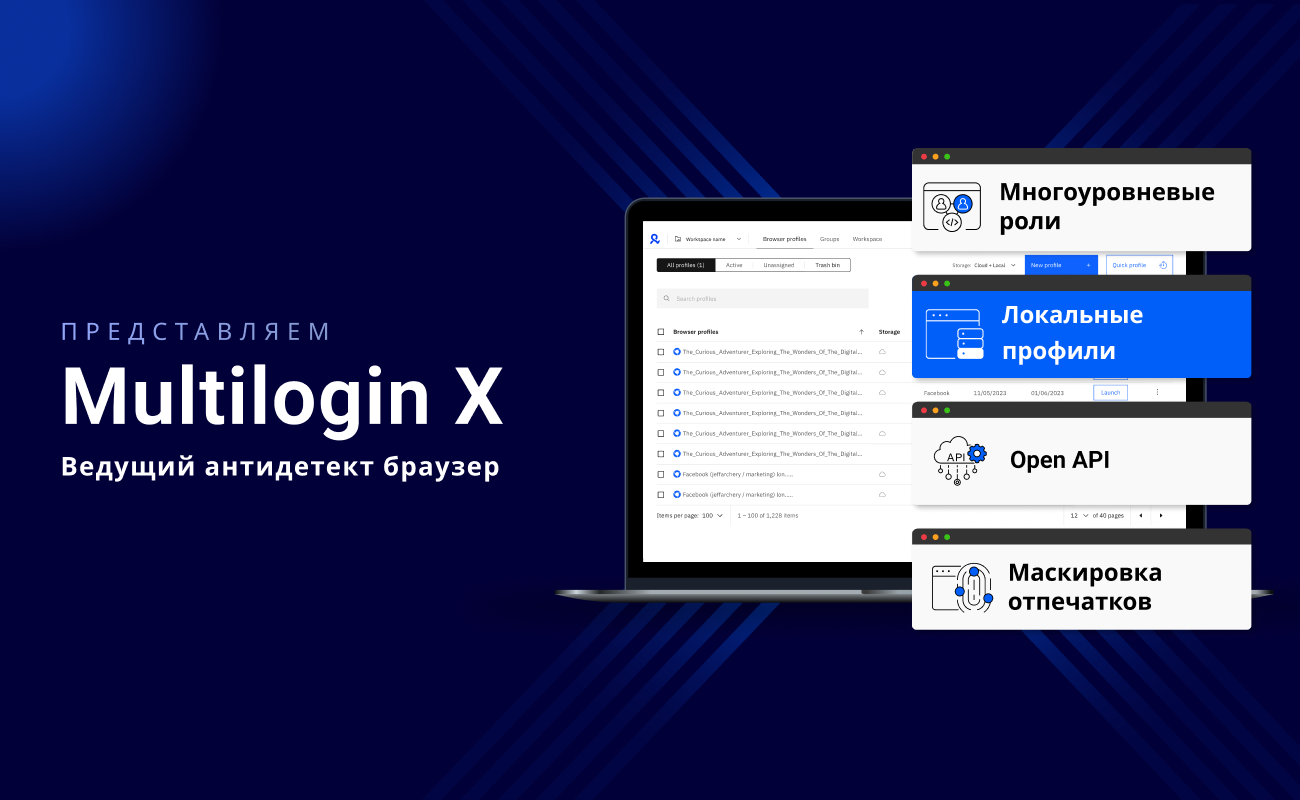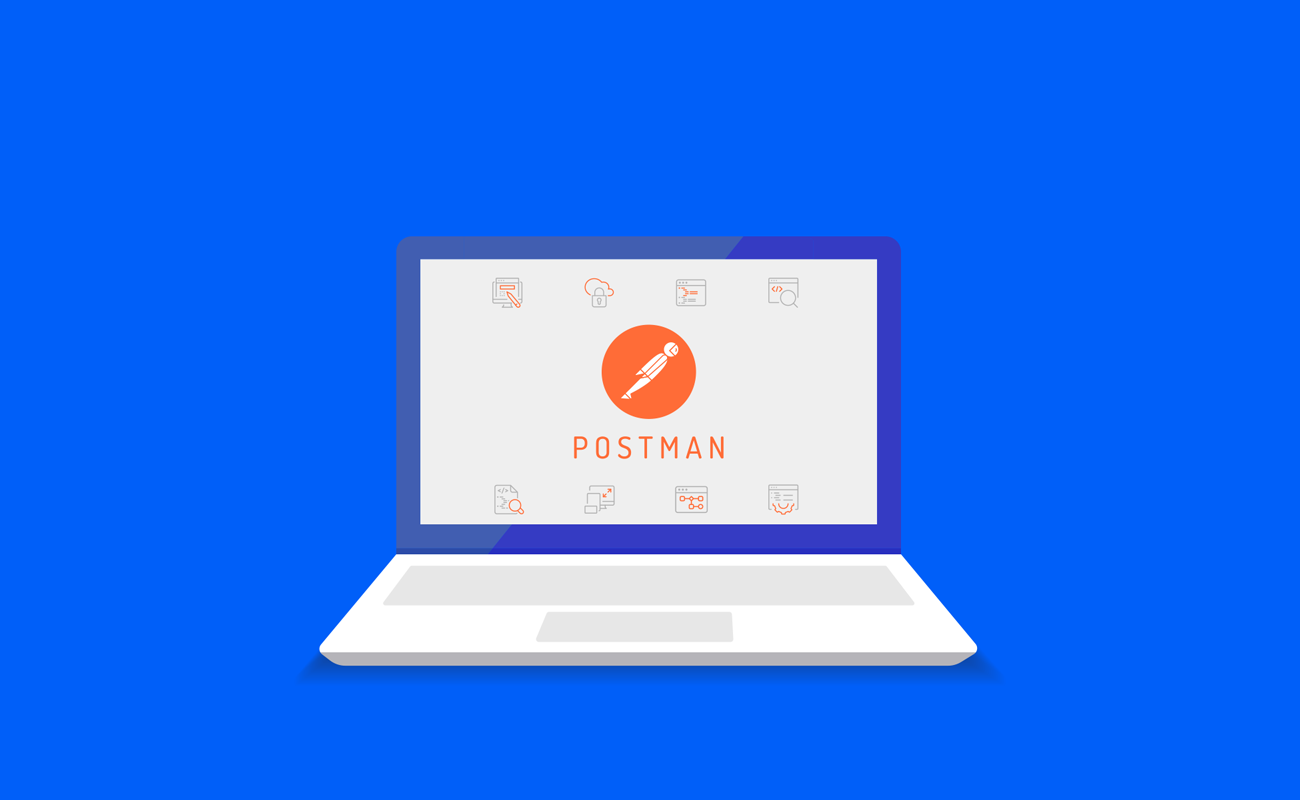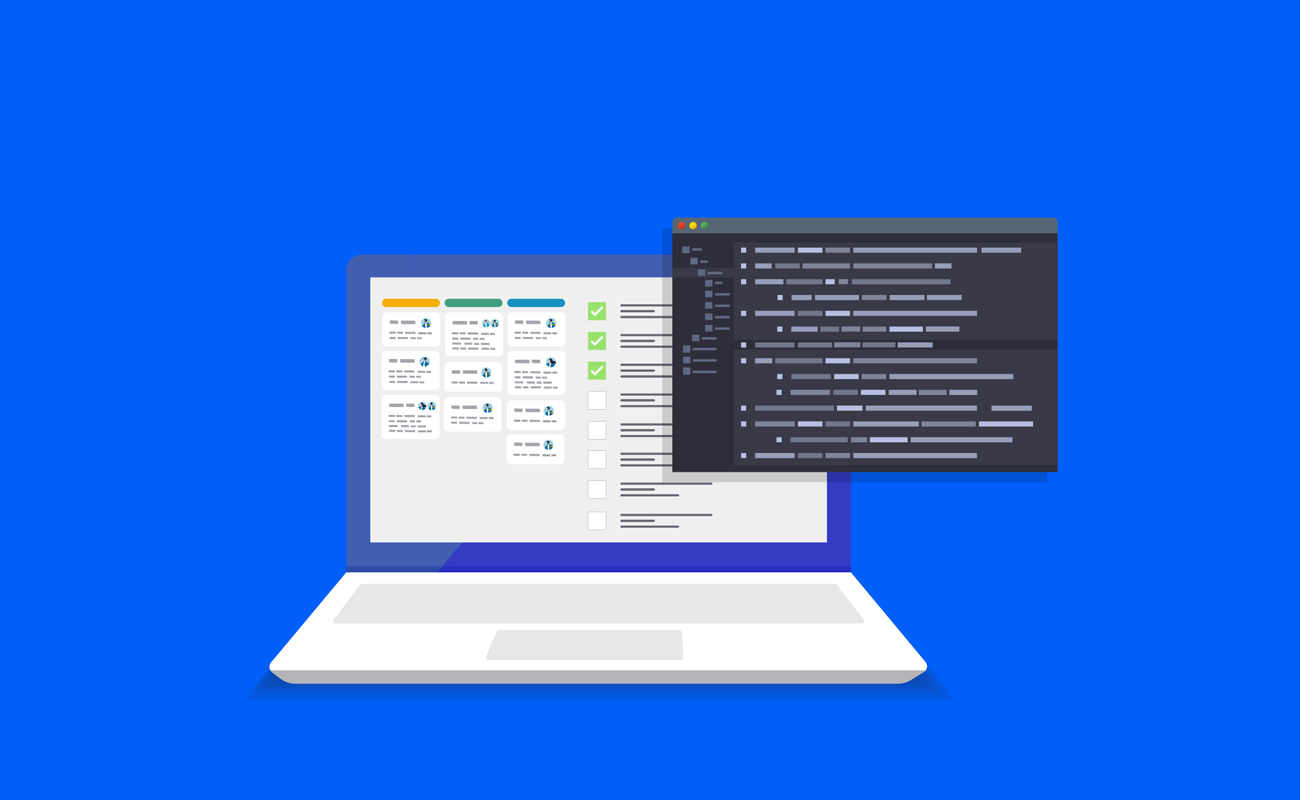
A comprehensive guide to price scraping
JULY 21, 2023
Did you know that 81% of retailers use price scraping to stay ahead of their competition? And it's not just retailers; a staggering percentage of businesses across various sectors are turning to this powerful tool.
Pricing intelligence, another critical topic we'll explore, revolutionizes how businesses strategize and compete.
In this comprehensive guide, we'll delve into the world of price scraping, uncovering its benefits, challenges, and practical applications.
The Fundamentals of Price Scraping
At its core, price scraping is a specialized form of web scraping that extracts data from websites. While web scraping can extract any data, price scraping focuses explicitly on pricing-related data.
You can collect data over time to monitor price changes, including product prices, discounts, and special offers.
The Process of Price Scraping
Here is a quick breakdown of the price-scraping process:
Identify the target website(s) and study their structure.
Develop or choose a scraper tool or script based on website complexity and data requirements.
Extract data by requesting the website and parsing the HTML to find the desired prices.
Clean and structure the extracted data, removing duplicates, fixing errors, and converting it into a usable format.
Analyze the scraped price data for tasks such as comparing prices, monitoring changes, or informing pricing strategies.
Step-by-Step Guide to Price Scraping with Python
To understand price scraping, we will show how to use Python to scrape product prices from an online store. We will use Beautiful Soup and Requests, two widely-used Python libraries, for this example.
Beautiful Soup simplifies web scraping using Pythonic methods to iterate, search, and modify the parse tree. At the same time, Requests allows you to send HTTP requests in Python.
Ensure you comply with the website's robots.txt rules and terms of service before you start scraping.
Step 1: Install the necessary libraries
If you haven't already done so, install Beautiful Soup and Requests using pip:
1pip install beautifulsoup423pip install requests
Step 2: Import the libraries
In your Python script, import the necessary libraries:
1from bs4 import BeautifulSoup23import requests
Step 3: Make a GET request
Next, make a GET request to the page you want to scrape. Replace 'URL' with the URL of the page:
1 response = requests.get('URL')
Step 4: Parse the HTML
Parse the HTML content of the page with Beautiful Soup:
1soup = BeautifulSoup(response.text, 'html.parser')
Step 5: Find the price on the page
Identify the HTML tag and class that contain the product price. This will vary depending on the site. In most cases, you can find this by inspecting the element on the webpage (right-click the price and select "Inspect").
Assuming the price is contained within a span tag with the class 'price', you might do the following:
1price = soup.find('span', class_='price').text
This line of code finds the first span tag with the class 'price' and extracts the text within that tag.
Step 6: Clean the data
Often, the scraped price includes unnecessary characters or whitespace. Use Python's string functions to clean the data:
1 price = price.strip() # removes leading and trailing whitespace23price = price.replace('$', '') # removes dollar signs
Step 7: Convert the price to a number
Finally, convert the cleaned price to a number:
1price = float(price)
You have successfully scraped a price from a webpage and cleaned the data to a usable format.
You can expand this basic script to scrape prices from multiple pages or include additional product details.
This tutorial is a simple introduction to price scraping. Real-life situations may need more advanced methods for dealing with JavaScript websites, CAPTCHAs, or login requirements.
Advantages of Price Scraping:
Enables businesses to monitor competitors' pricing strategies
It helps businesses adjust their prices and improve competitive positioning
Can lead to increased sales and revenue
Identifies trends and patterns over time
Assists in forecasting future price changes
Informs product development strategies
Disadvantages of Price Scraping:
Legally and ethically complicated
Some websites explicitly prohibit scraping in their terms of service
Excessive scraping can burden target websites and affect their performance
Websites may implement measures to prevent scraping, making building and maintaining a scraper technically challenging and time-consuming.
Points to Consider for Price Scraping
Keeping a few key points in mind when conducting price scraping is crucial. Firstly, always ensure you're scraping ethically and legally. This means respecting websites' terms of service, taking steps not to overload servers, and following all relevant data privacy laws.
Secondly, remember that while price is important, it's not the only factor determining competitiveness. Other elements, such as product quality, customer service, and brand reputation, also play a significant role.
Finally, given the potential technical challenges in price scraping, a professional data scraping service may be worth considering. These services often have the technical expertise and infrastructure to efficiently and ethically scrape extensive data.
Mitigating the Risks of Price Scraping
Despite its potential for valuable insights, price scraping carries several risks, including potential legal ramifications, ethical concerns, and technical challenges. Here are some strategies to mitigate these risks:
Respect Terms of Service: Before scraping a website, reviewing its terms of service is crucial. Many websites explicitly prohibit web scraping, and failure to comply can lead to legal consequences.
Follow Robots.txt Rules: The robots.txt file is at the root of a website, indicating which parts should not be crawled. It's essential to respect these rules when scraping.
Don't Overload Servers: Scraping tools can make numerous requests per second, overloading a website's server. It's crucial to limit your request rate to prevent this.
Ensure Data Privacy: The data you scrape might include sensitive information. Ensure any data you collect is stored securely and complies with all relevant data privacy regulations.
Conclusion
Price scraping provides a wealth of data for making strategic business decisions. While mastering it involves understanding technical aspects and legal constraints, it can significantly enhance your competitive edge in different industries. Remember, the goal isn't just tracking prices but driving your business forward.




